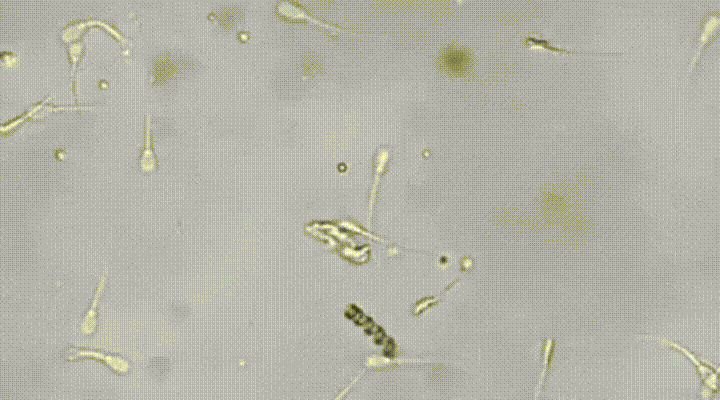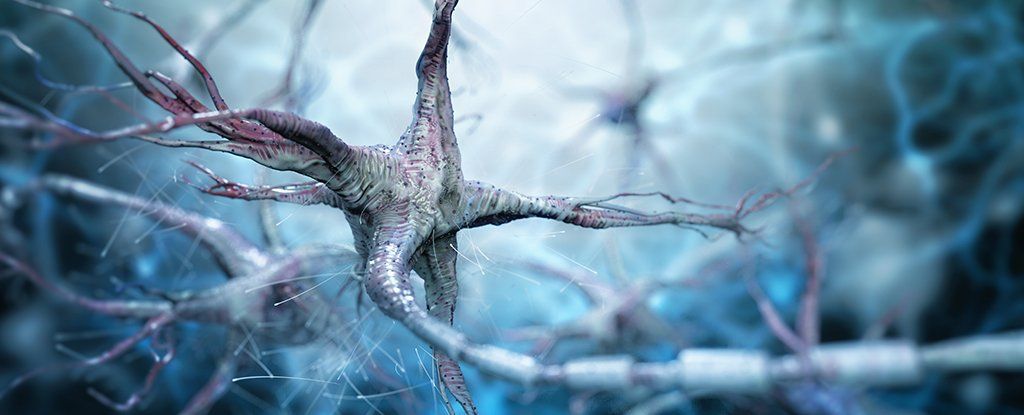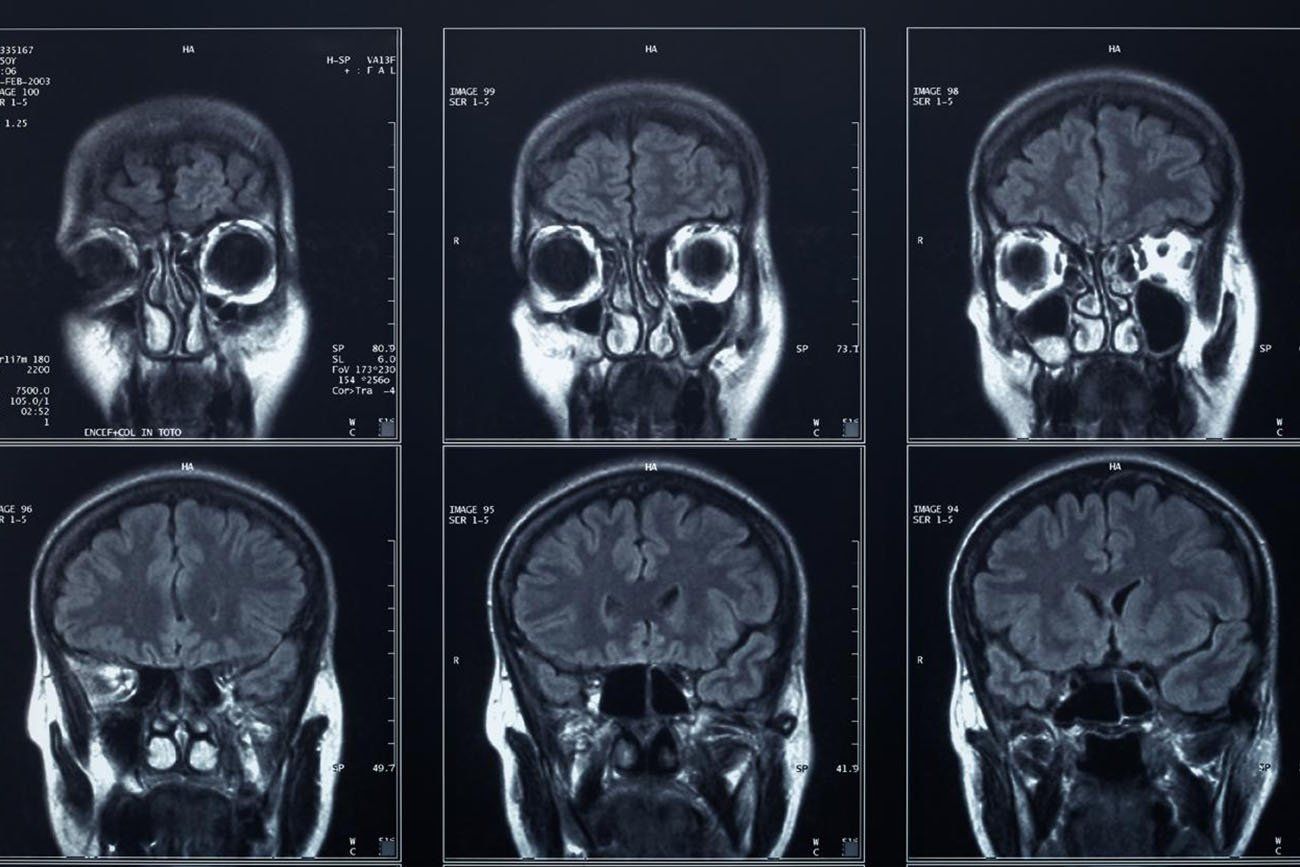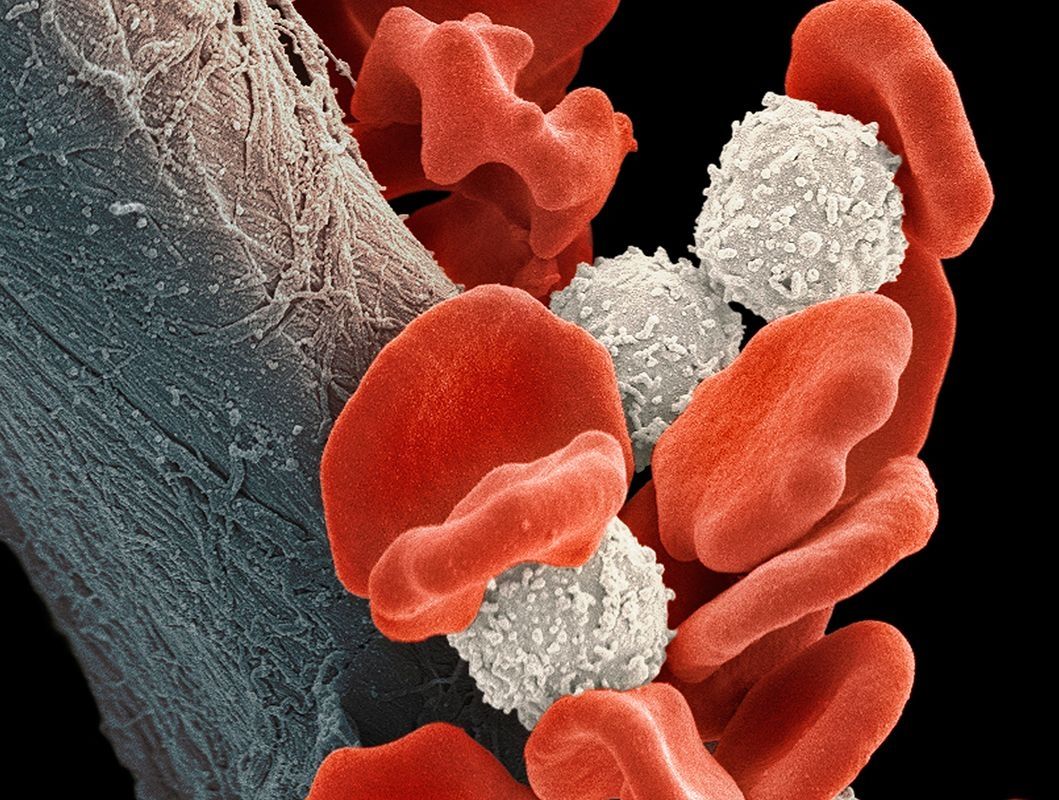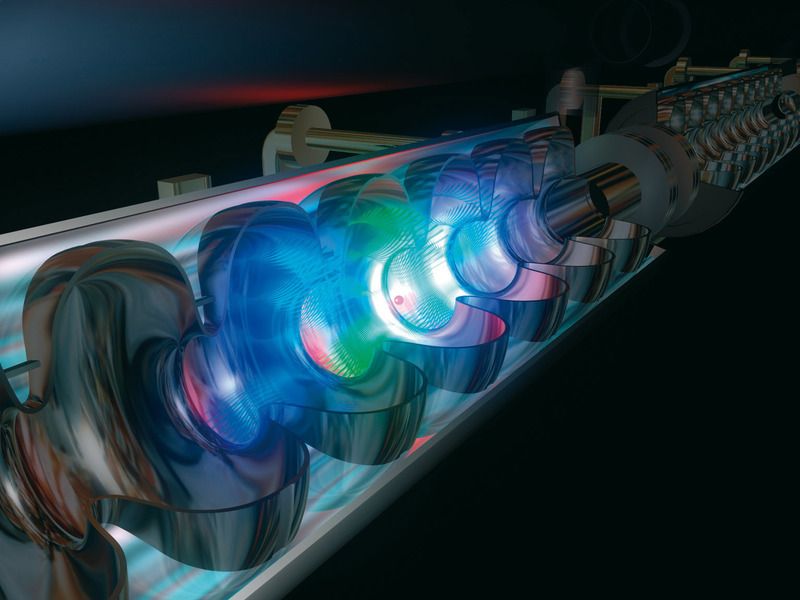Page 10206
Aug 19, 2017
South Korea is building a $10 billion agriculture city in Egypt
Posted by Montie Adkins in categories: food, solar power, sustainability
South Korea will oversee the construction of an integrated agriculture city in Egypt which will feature 50,000 smart greenhouses in addition to desalination and solar power plants.
Aug 19, 2017
Shocking Data Analytics & Mind Control of the Future
Posted by Dave Holt in categories: futurism, neuroscience

If Data Analytics and Analysis is being used today to predict and control what we purchase, what we spend our time on and how we vote in political elections, what are its future uses?
This technology will only become more powerful and accurate over time.
Continue reading “Shocking Data Analytics & Mind Control of the Future” »
Aug 19, 2017
The new Abraham Lincoln animatronic is so life-like the viewers will feel like they’re in Gettysburg in 1863
Posted by Bryan Gatton in category: futurism
Aug 19, 2017
Silicon Valley is selling an ancient dream of immortality
Posted by Derick Lee in categories: life extension, transhumanism
It is tempting to dismiss scientifically inspired presentiments of immortality as arrant nonsense, but we should not underestimate the way ideas like transhumanism speak powerfully to our unconscious need for delusion. This is not only a new religion that does without God and churches — it also is a marketing strategy for new technology. A novel form of cross-promotion and co-branding, tech evangelism really aims at a deeper and more efficient penetration into the digital marketplace by offering mortality denial in the same package.
Human beings are the only animals to have evolved an insight into their own death.
Aug 19, 2017
This Powerful New Painkiller Could Be The Unexpected Ticket to Replacing Opioids
Posted by Shailesh Prasad in category: biotech/medical
Researchers have developed a new class of pain relief that acts on an obscure nerve pathway, opening the way to a medication just as concerns have deepened around the US opioid addiction and overdose epidemic.
While any marketable pharmaceutical based on the discovery would still need to go through the long process of clinical testing, the compound appears to work as well as other opioid-alternatives, requiring a smaller dose and remaining effective for a longer period.
The research led by scientists from The University of Texas has identified a group of molecules that bind with a pair of nerve receptors, one of which has been a mystery until recently.
Aug 19, 2017
The U.S. Military Wants to Inject People’s Brains With Painkilling Nanobots That Could Replace Medicine
Posted by Shailesh Prasad in categories: biotech/medical, government, military, nanotechnology, neuroscience
Ever wish you could heal yourself like a superhero? The government is making it happen. Sort of.
Aug 19, 2017
Vitamin C helps genes to kill off cells that would cause cancer
Posted by Shailesh Prasad in categories: biotech/medical, genetics
By Aylin Woodward
Injections of vitamin C could be a way to help fight blood cancer. Experiments in mice suggest that the nutrient helps tell out-of-control cells to stop dividing and die.
Some blood cancers, including acute and chronic leukaemia, often involve mutations affecting a gene called TET2. This gene usually helps ensure that a type of stem cell matures properly to make white blood cells, and then eventually dies. But when TET2 mutates, these cells can start dividing uncontrollably, leading to cancer. Mutations in TET2 are involved in around 42,500 cancers in the US a year.
Continue reading “Vitamin C helps genes to kill off cells that would cause cancer” »
Aug 19, 2017
Sharp X-ray pulses from the atomic nucleus
Posted by Shailesh Prasad in category: biotech/medical
X-rays make the invisible visible: they permit the way materials are structured to be determined all the way down to the level of individual atoms. In the 1950s it was x-rays which revealed the double-helix structure of DNA. With new x-ray sources, such as the XFEL free-electron laser in Hamburg, it is even possible to “film” chemical reactions. The results obtained from studies using these new x-ray sources may be about to become even more precise. A team around Kilian Heeg from the Max Planck Institute for Nuclear Physics in Heidelberg has now found a way to make the spectrum of the x-ray pulses emitted by these sources even narrower. In contrast to standard lasers, which generate light of a single colour and wavelength, x-ray sources generally produce pulses with a broad spectrum of different wavelengths. Sharper pulses could soon drive applications that were previously not feasible. This includes testing physical constants and measuring lengths and times even more precisely than can be achieved at present.
Researchers use light and other electromagnetic radiation for developing new materials at work in electronics, automobiles, aircraft or power plants, as well as for studies on biomolecules such as protein function. Electromagnetic radiation is also the tool of choice for observing chemical reactions and physical processes in the micro and nano ranges. Different types of spectroscopy use different individual wavelengths to stimulate characteristic oscillations in specific components of a structure. Which wavelengths interact with the structure – physicists use the term resonance – tells us something about their composition and how they are constructed; for example, how atoms within a molecule are arranged in space.
In contrast to visible light, which has a much lower energy, x-rays can trigger resonance not just in the electron shell of an atom, but also deep in the atomic core, its nucleus. X-ray spectroscopy therefore provides unique knowledge about materials. In addition, the resonances of some atomic nuclei are very sharp, in principle allowing extremely precise measurements.
